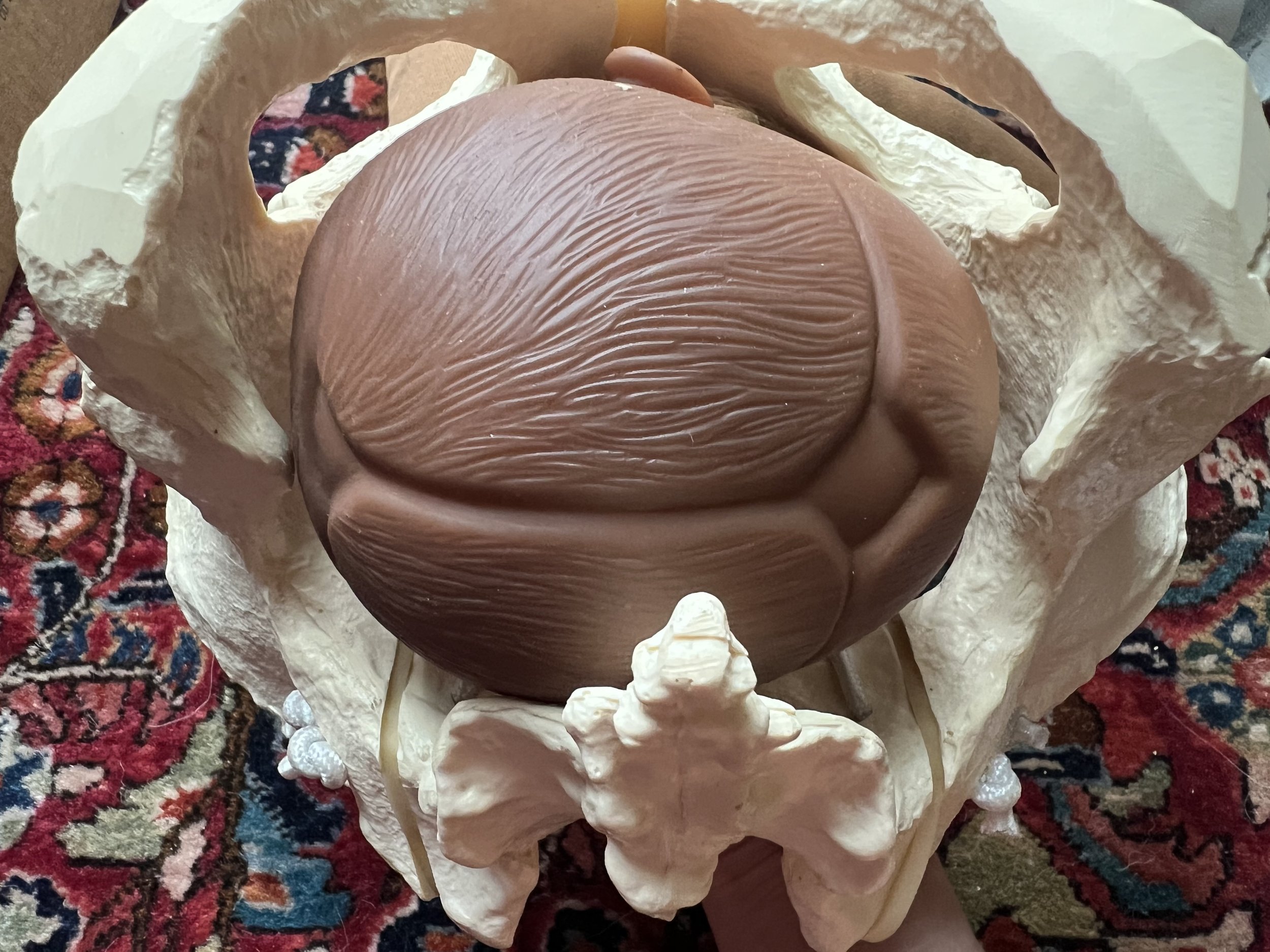
Prenatal & Postpartum Bodywork
Prepare your Body for birth.
Recover with grace & Resilience.
Prepare for birth
Did you know the musculature of the pelvis itself is affecting how your baby lies, presents, and births?
Seems logical, right? And yet this important factor is overlooked as most midwives and doctors are not bodyworkers.
This is why having someone on your team who is not only experienced with birth work, but also is a bodyworker with expertise in pelvic and abdominal work, makes all the difference!
Learn below about how this work might influence your birth and postpartum experience for the better.
-
A tight iliacus and/or psoas muscle on one side of the pelvis or even both sides can cause baby to favor the opposite side, descending into the pelvis in an imbalanced way, or struggling to descend at all. Release work earlier in pregnancy is easiest, but even the last week of pregnancy it can make a difference.
Tension in these muscles also is often the real culprit behind low back pain and disfunction, as well as sacral imbalance and pelvic imbalance. If one side is tight, it will pull the pelvis forward into an anterior pelvic tilt.
Ideally, we would work together several times or more throughout pregnancy, depending on your needs, to begin unwinding patterns in the pelvis, and then giving your body some last deep release just prior to birth.
-
Prior to pregnancy, we can do Mayan Abdominal Therapy and other visceral manipulation work to help the womb to be positioned optimally, and to reduce stagnation and fascia adhesions in the belly and viscera (organs). We can do some diaphragm release work, as well as even getting into deeper layers of the posterior abdominal wall where deep musculature of the back is accessible. In other words, we can make a huge difference to back imbalances, as well as restrictions in the entire abdominal cavity, which can later impact how your uterus centers in your abdomen as it grows.
-
The pelvic floor also often needs to be addressed in a variety of ways, both to bring structural and functional balance to the pelvis, as well as proper function of the nervous system and musculature.
We do this in a couple of ways:
Working externally, we can access much of the sacral nerves, as well as nerves of the pelvic floor such as the pudendal, obturator, and others, to bring back balance and function (nerve conduction), and release fascia restriction (adhesions).
Working internally with permission, we can also unwind tension in more of the musculature and nerves of the internal vaginal canal and sacrum from the interior surface, which for many women can be interfering with muscular balance and function. A tight muscle may also be a weak muscle, as it cannot properly contract if it can’t properly release. Together, we can gently and non-sexually, but with immense care and love, ask this musculature to release and find connection to your body again in a way that perhaps has been armored for a long time.
We also then can move on to the next phase, corrective exercise.
-
After release work, we then may choose to do some corrective exercise training for the body as a whole, and specific work for the belly, pelvis and pelvic floor. This may involve some exercises done in the session, as well as taught techniques for more effective movement, exercises to try at home, and even self-care routines such as foam rolling or gentle self-release work for the psoas or pelvis.
My knowledge as a personal trainer and corrective exercise specialist, including specialized training for pregnancy and postpartum, allows me to be a most effective partner for your birth process.

“It all begins with an idea. Maybe you want to launch a business. Maybe you want to turn a hobby into something more. Or maybe you have a creative project to share with the world. Whatever it is, the way you tell your story online can make all the difference.”
— Squarespace

